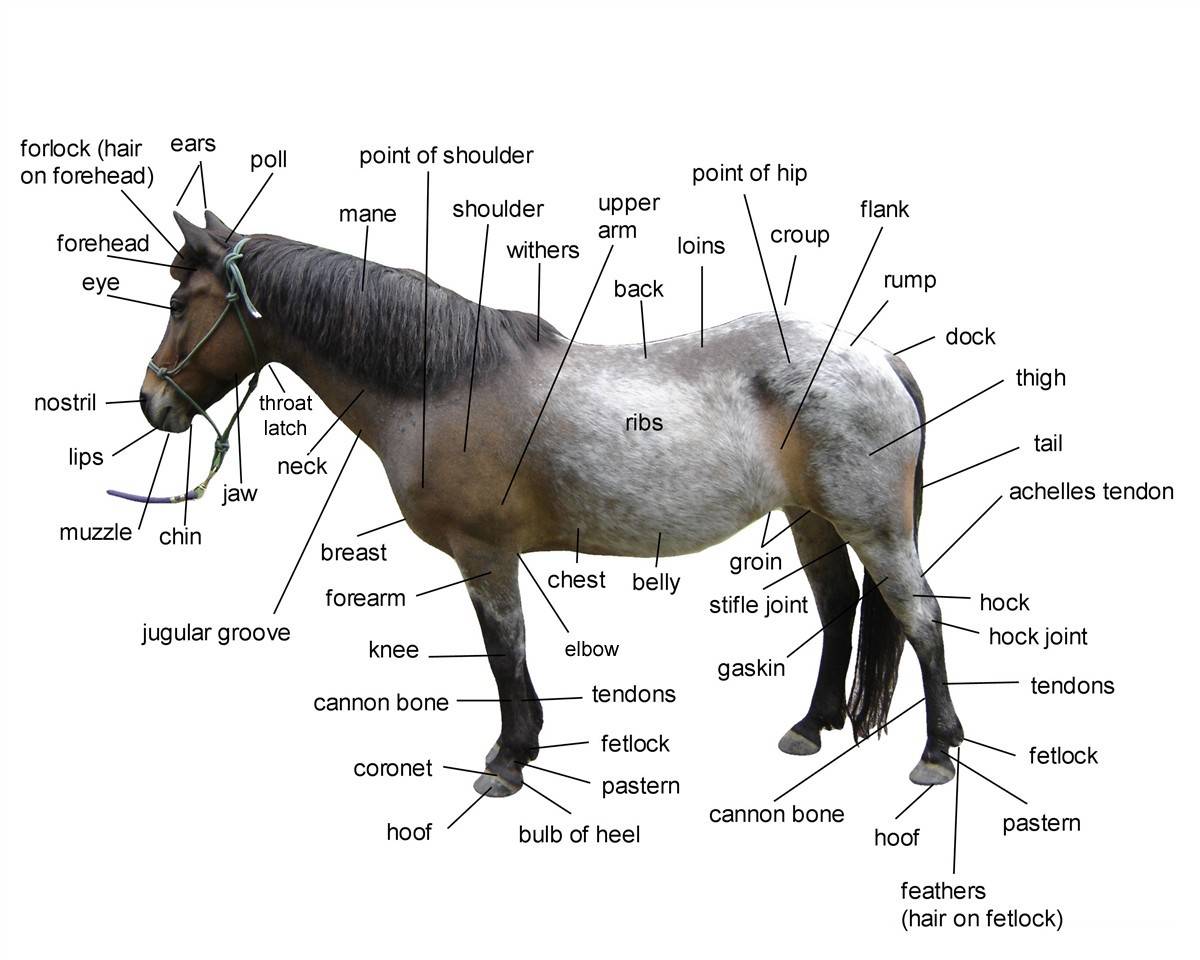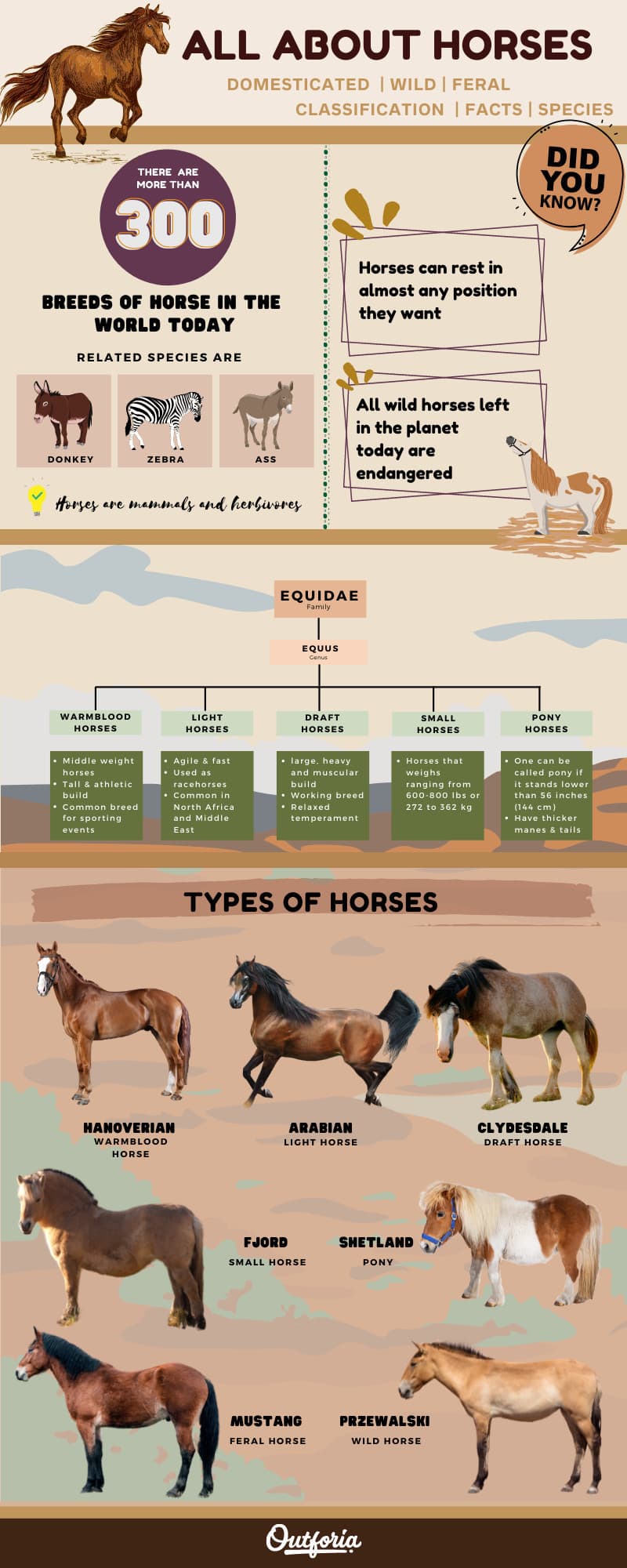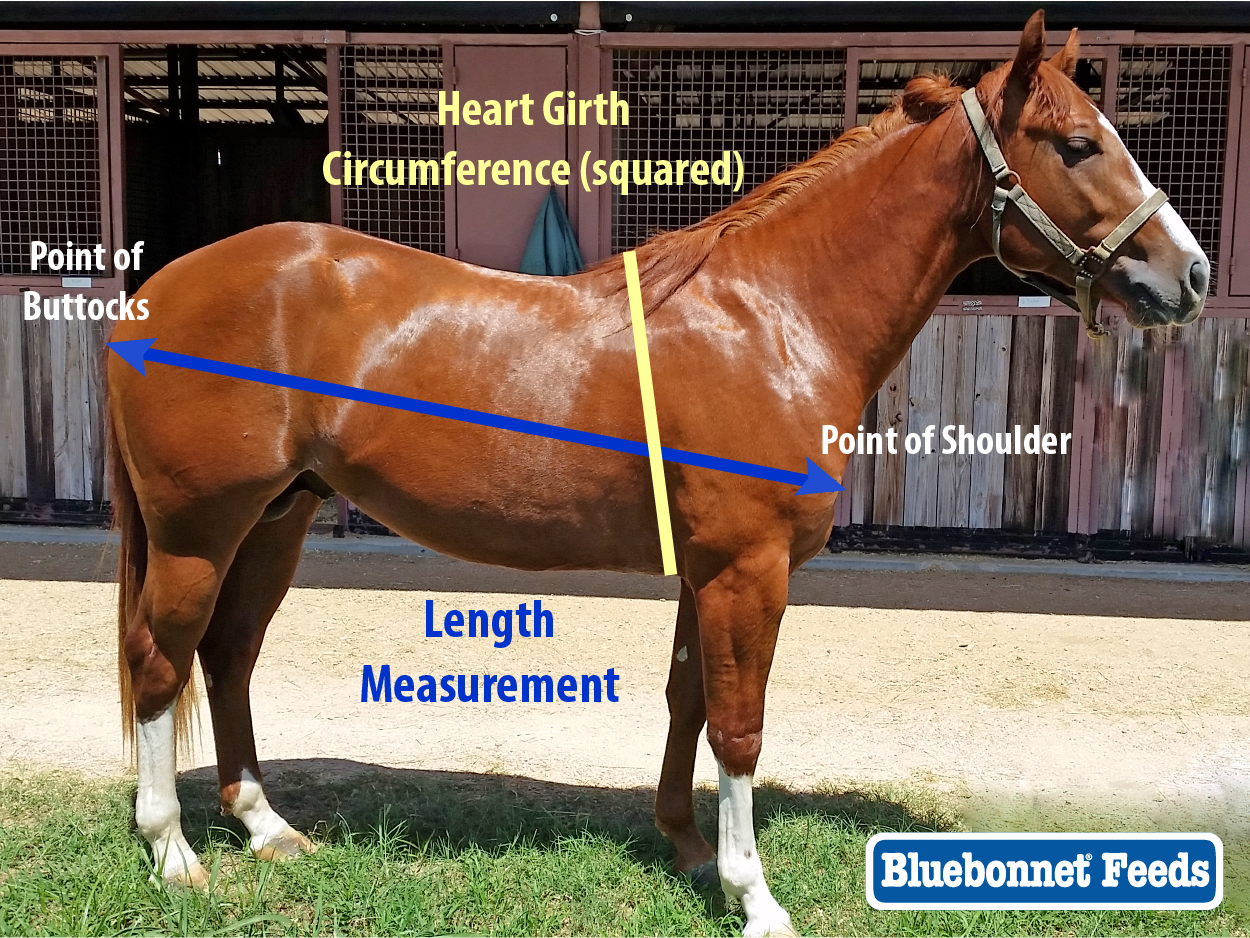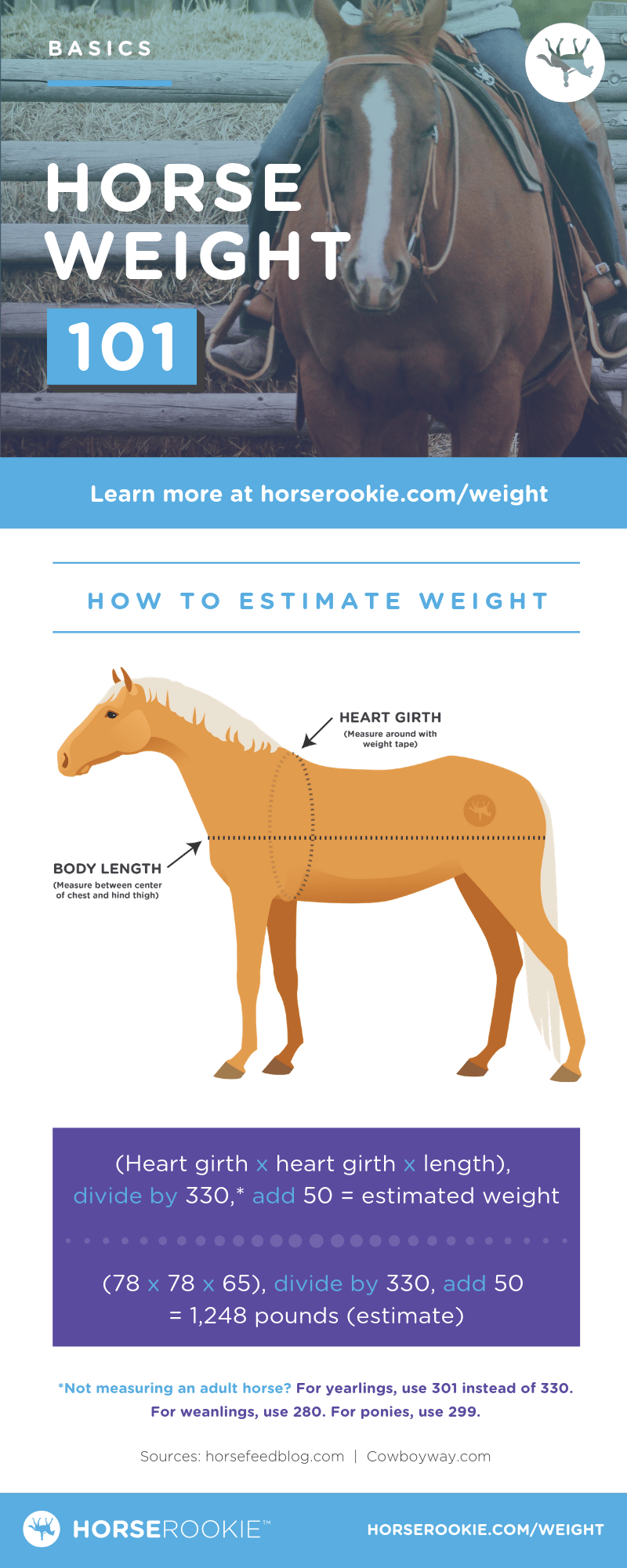When it comes to horseback riding, understanding the horse carrying capacity is crucial for the health and well-being of these majestic animals. A horse’s ability to carry weight comfortably can impact its longevity and performance. Therefore, it’s essential to consider not just the pleasure of riding but also the physical demands placed on the horse.
Importance of Rider’s Weight in Equine Health
The weight of a rider can significantly influence a horse’s health. Excessive load can lead to back pain, joint issues, and even long-term damage to the equine’s muscular and skeletal structure. It’s vital for riders to be aware of these risks and to strive for a balanced relationship with their equine companions.
Assessing Equine Weight-Bearing Abilities
Determining the equine weight-bearing abilities requires a thorough understanding of various factors, including breed, age, fitness level, and the individual horse’s health. It is not a one-size-fits-all scenario, and each horse must be assessed individually to ensure they are not being overburdened.
Establishing the Weight Limit for Riding Horses

There is a science to establishing the weight limit for riding horses that is meant to protect the animal from injury. The industry standard suggests that a horse should carry no more than 20% of its body weight. This includes the rider and any additional gear.
Factors Determining Horse Riding Weight Restrictions
- Breed-specific characteristics
- Individual horse’s muscle tone
- Conformation and bone structure
- Level of regular exercise
- Type of riding activity
Calculating Safe Weight for Horseback Riding
To calculate the safe weight for horseback riding, first determine the horse’s weight, and then apply the 20% guideline. For a 1,000-pound horse, the maximum weight it should carry is 200 pounds. Remember to include the weight of the rider’s body, clothing, and any equipment.
Maximizing Horse Load Capacity

While respecting the limits, there are ways to ensure that a horse is carrying the maximum load it safely can. Proper nutrition, regular exercise, and conditioning play significant roles in maximizing a horse’s load capacity.
Optimal Weight for Riding a Horse
The optimal weight for riding a horse should feel comfortable for both horse and rider. It must not impede the horse’s natural movements or cause undue strain. Observing the horse’s gait and behavior under different weights can help in finding that sweet spot.
How Heavy is Too Heavy for a Horse?
Identifying how heavy is too heavy for a horse involves close monitoring for signs of strain or discomfort, such as reluctance to move, changes in posture, or labored breathing. If any of these signs are present, the rider’s weight may need to be reduced to ensure the horse’s well-being.
Horseback Riding Weight Limit Considerations

Adhering to a horseback riding weight limit is a key aspect of responsible horse ownership and riding. This limit should be adjusted based on specific circumstances to avoid overloading the horse which could lead to health issues or injury.
Influence of Horse and Rider Size on Maximum Load
The compatibility of horse and rider size directly affects the maximum load a horse can carry. A larger horse will generally have a higher carrying capacity, while a smaller rider will impose less strain on the horse, making for an ideal match.
Role of Horse Fitness and Condition in Carrying Riders
A horse’s fitness and condition are significant in determining its capacity to carry riders. A well-conditioned horse with strong muscles and good stamina is better equipped to handle the demands of carrying a rider, compared to an unfit or out-of-condition horse.
Choosing the Right Horse for Your Weight

Selecting the right horse for your weight is imperative to ensure a safe and enjoyable riding experience. Riders should aim to choose a horse whose size and strength are appropriate for their weight to prevent any health risks to the animal.
Proper Horse Sizes for Different Rider Weights
Riders should seek a horse whose size correlates with their weight. A general guideline is to choose a horse whose height and build will allow them to carry the rider comfortably without showing signs of strain.
Horse Breeds with High Weight Carrying Capacities
Some horse breeds are known for their high weight carrying capacities. Breeds such as Draft horses, Fjords, and Haflingers are renowned for their strength and ability to carry heavier riders with ease.
Practical Guidelines for Horse Riders

For horse riders, it’s important to follow practical guidelines to ensure the safety and comfort of their equine partners. These guidelines will help in creating a positive experience for both the horse and rider.
Ensuring an Evenly Distributed Load
An evenly distributed load is essential to avoid putting undue pressure on any one part of the horse’s back. This can be achieved by adjusting the saddle and rider’s position to distribute weight evenly across the horse’s back.
Selecting the Best Saddle for Weight Distribution
Choosing the best saddle that suits both the horse’s back and the rider’s size is crucial for good weight distribution. A well-fitted saddle will help in spreading the rider’s weight more evenly over the horse’s back, preventing discomfort or injury.
Maintaining Your Horse’s Health with Appropriate Weight Limits
Maintaining your horse’s health involves respecting the appropriate weight limits. Regular health check-ups, balanced nutrition, and proper exercise routines are key factors in sustaining a horse’s ability to carry weight safely.
When talking about the capabilities of our equine companions, one common question is: how much weight can a horse carry? For specific insights into different breeds, such as the Arabian, you may want to read about how much weight an Arabian horse can carry. If you’re curious about the power behind these magnificent animals, our article how much horsepower does a horse have offers an interesting perspective on their strength. Additionally, for those considering transporting their horse, understanding how much a horse trailer weighs is crucial for safe travel. Dive into these topics to become well-versed in the various aspects of horse capabilities and care.
Conclusion: Balancing Horse Welfare and Rider Enjoyment

In conclusion, the balance between horse welfare and rider enjoyment is a delicate one. By understanding and respecting the horse’s carrying capacity, riders can ensure a safe, comfortable, and enjoyable experience for both themselves and their horses.



